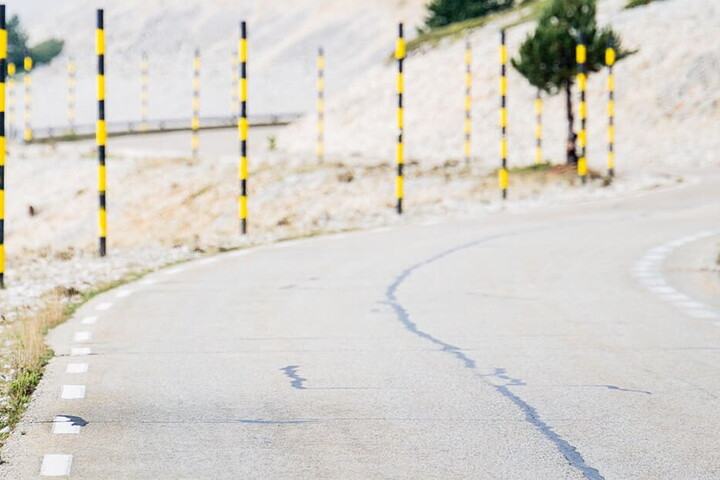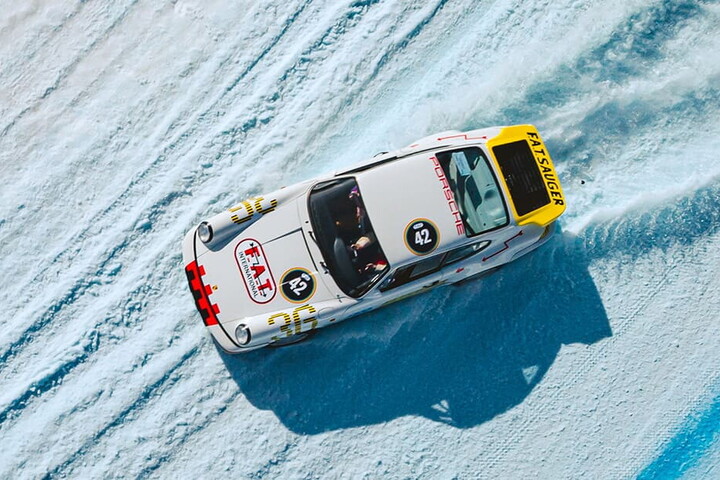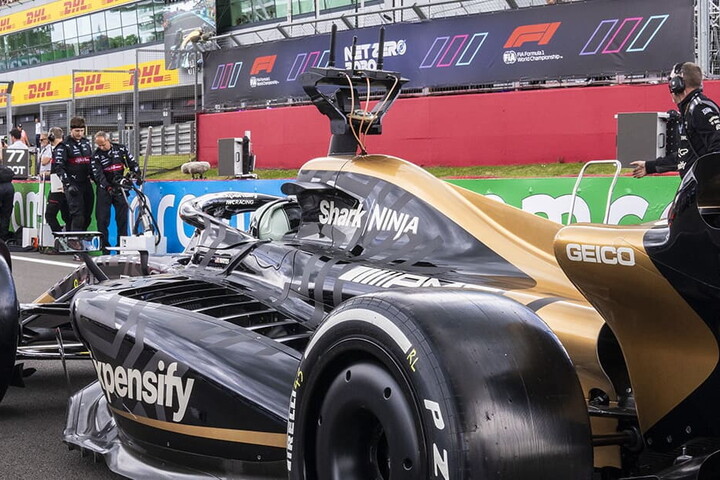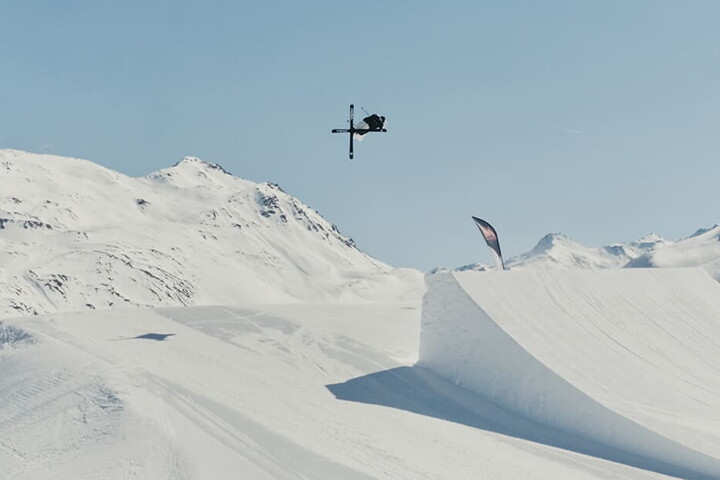As part of a company that thrives on constant innovation, Pirelli's research and development (R&D) team are engaged in every part of the tyre production process, from conception and design, through modelling and testing, to manufacturing and launch to market. We spoke to four Pirelli specialists working at different stages of that process who exemplify the wide range of roles within R&D. As with most of the company's 2,000-plus R&D employees, they all have backgrounds in science, maths and engineering.
Scott, based in Carlisle, UK, is part of the product development team, working closely with UK prestige car manufacturers (OEMs) to develop new tyres for their latest models. He studied computer-aided engineering at university and had a placement with Pirelli before joining the company eight years ago. He brings his skills and training to bear in meeting clients' stringent technical requirements.
“We're always working with OEMs to show them the latest concepts,” he says.
Getting great reviews
It can take two years or more to develop a tyre from conception to launch and Scott says one of the most satisfying parts of his job is seeing a product he has worked on behind closed doors successfully come to market.
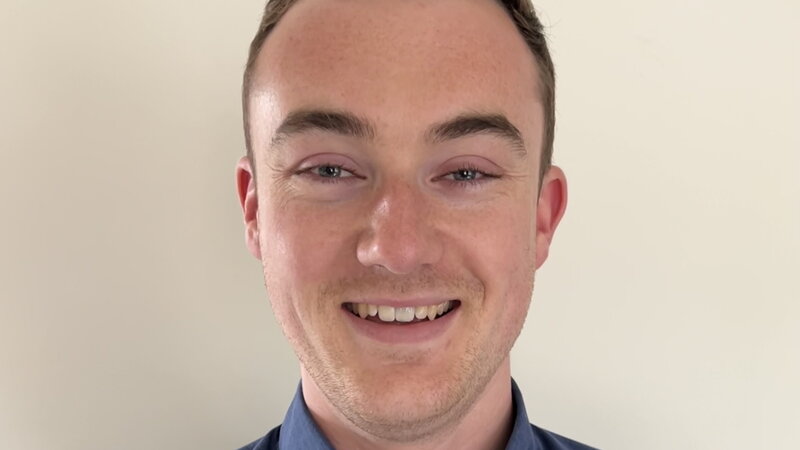
“You see the first press releases when the product is launched and you know that's your tyre, that you've worked on. Then there are reviews on Top Gear or in Autocar and you know the whole of Pirelli R&D and the OEM have worked together and done a really good job.”
Before the thrill of the launch, that tyre will have gone through extensive modelling – perhaps in the hands of Sonia, a senior mathematical models engineer in Pirelli's finite element analysis modelling and research group. She studied pure maths followed by a PhD in numerical analysis. Before joining Pirelli two years ago she worked for a Formula One team and as a quantitative analyst in a bank.
Simulating tyre performance
“Now I work on the simulation of tyre mechanics and materials,” she says. “We're always trying to understand very complicated things, helping tyre technicians optimise tyre performance.”
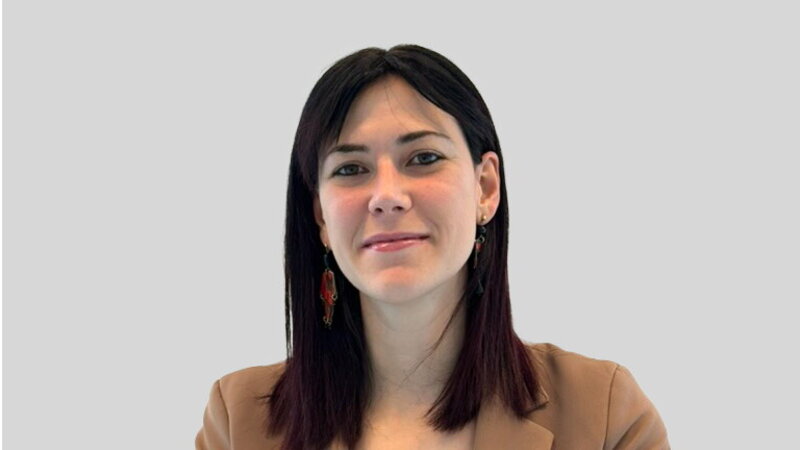
Sonia is working to make simulations of tyre performance as accurate and reliable as possible to reduce the need for physical prototyping. “Say you have four changes in a tyre's design – a physical model can't disconnect the impact of each of those changes, but a virtual model can. It's faster, with better results, and it makes us more sustainable as you don't need to build all the physical tyres along the way.”
As head of testing engineering, Diego is constantly developing new instruments to describe tyre characteristics such as the amount of contact the tyre makes with a track – which can then be fed into virtual models. He collaborates with universities or other parties to co-develop new instruments as part of Pirelli's ‘Open Innovation' model of R&D.
Proving it on the track
“I feel that every day I am at the cutting edge of technology,” Diego enthuses. “It is a constantly moving world, particularly with F1. Every day is a new challenge.”
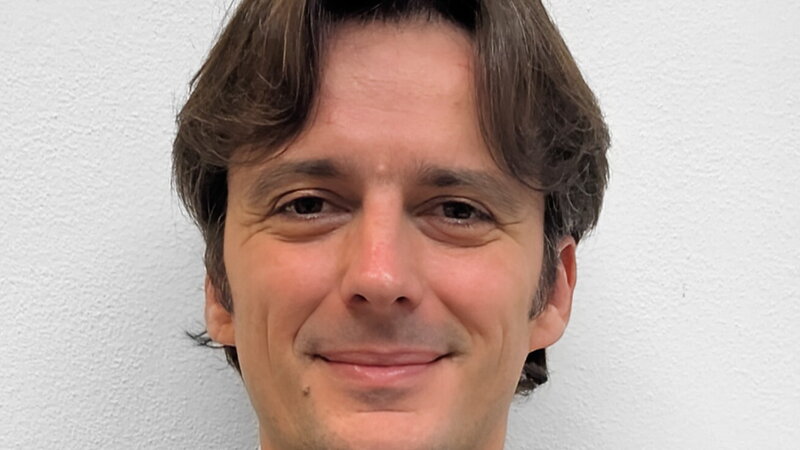
Diego joined Pirelli 10 years ago after a PhD in mechanical engineering and a decade as a test researcher at the Polytechnic University of Milan. He's based in Milan, but his role takes him around the world to test tracks in China, the US and Europe. The final validation of any tyre is on the track, where a driver from Pirelli and any other parties involved will put the tyre through its paces.
The race for new technology is never-ending and has been given a sharp boost by electric cars – “They're basically airplanes, with 1,000 horsepower,” says Diego. With active suspension and aerodynamics systems, they present the R&D specialists with fresh challenges as they seek to predict how a tyre will behave.
“We're pushing the edge of what we can do with the tyre – both in motorsports and for consumers,” adds Diego.
After the most rigorous processes of conception and design, modelling and testing, the tyres are manufactured in Pirelli's factories around the world. Yet even here the input of the R&D department remains critical.
Meeting the highest standards
Oana is responsible for the materials used in the motorsport division of Pirelli's Slatina factory in Romania, working alongside seven engineers and 22 operators. She has to check that all raw materials and components are up to standard and ready for use when needed. After studying materials science in Bucharest, she joined Pirelli in 2012, working in the labs before moving to the factory two years ago.
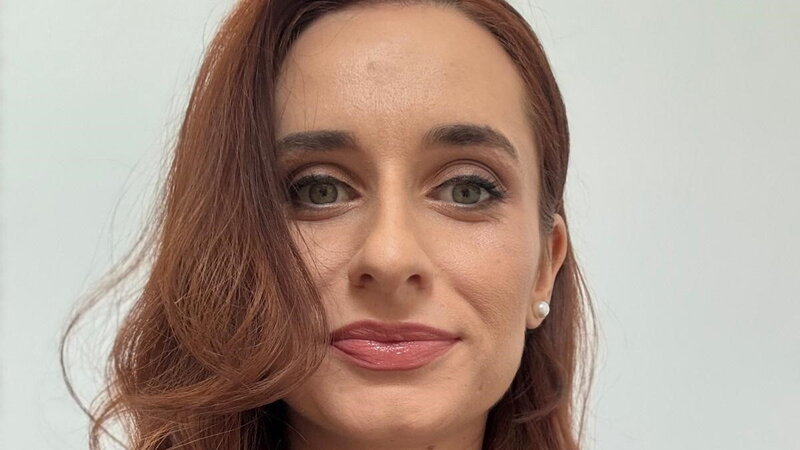
One of her biggest work challenges came when she was asked to introduce Forest Stewardship Council™ certification for the natural rubber used at the factory. She and her team had to learn how to fulfil the process and how to present the information about the material used in the tyres all the way back to the raw materials.
“It was really intensive work, but we got it done,” she says. “We received the accreditation – in just six months – and that was really rewarding".
Like so many of her colleagues in R&D, Oana routinely finds herself collaborating closely with colleagues right across Pirelli, from Production and Planning to Quality and Sustainability. It's demanding, stretching, stimulating and rewarding work. “The thing I really like about R&D is that every day is different work,” she says. “We're in contact with so many people in different departments. There's a huge amount of variety.”
Working in synergy
So, what qualities do you need to work in R&D?
“You need to be curious, to maintain confidence in your ability and to give yourself permission to make mistakes,” advises Oana.
“It's important to have a methodical way of working so you can break down a problem into smaller parts,” adds Sonia. “I don't know everything about tyres, but I do know how to break a problem down and solve it.”
Meanwhile Scott says that in his role interpersonal skills are particularly important. “You need to be able to build relations inside the company and outside with the OEMs,” he says. “So that you can work in synergy.”

